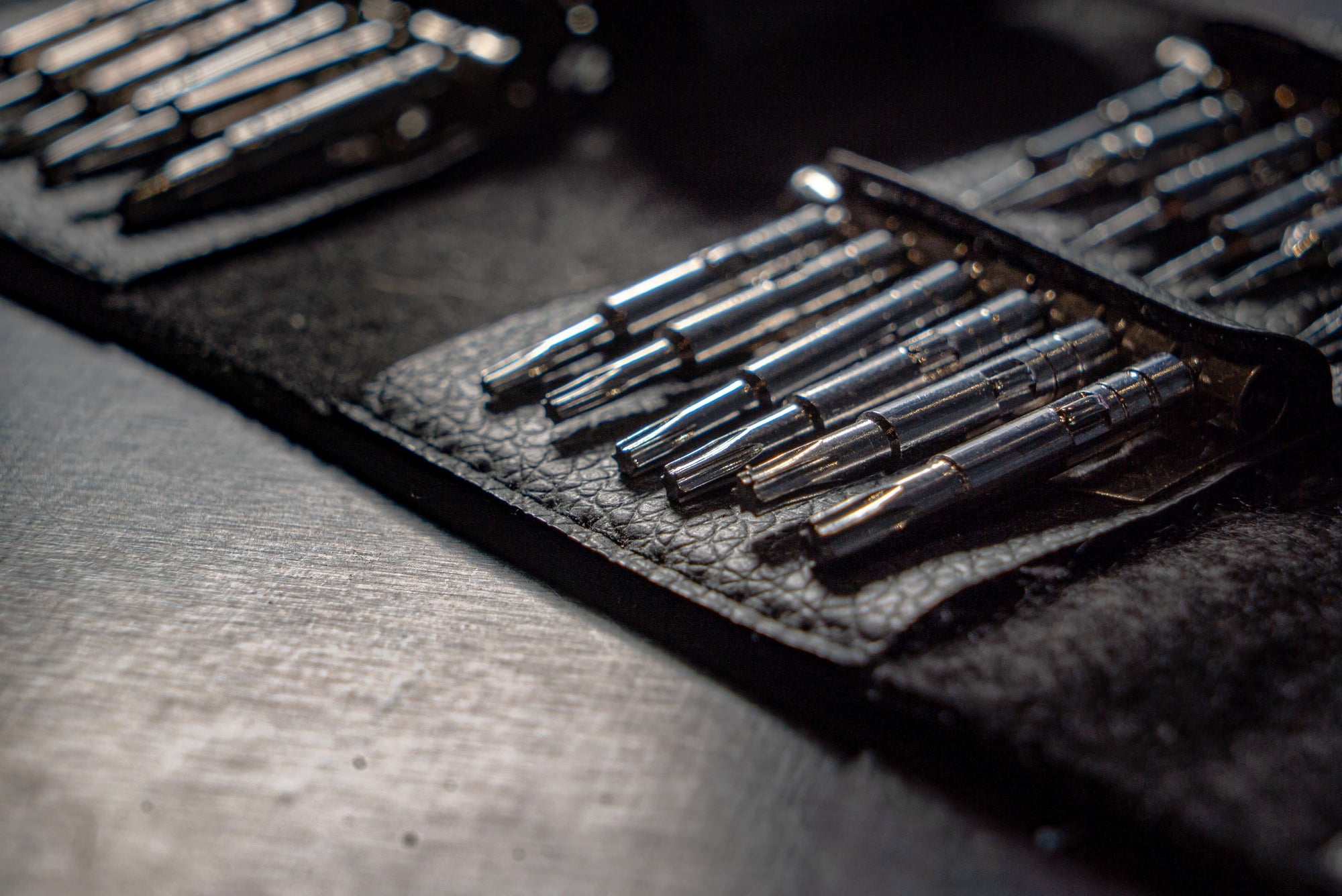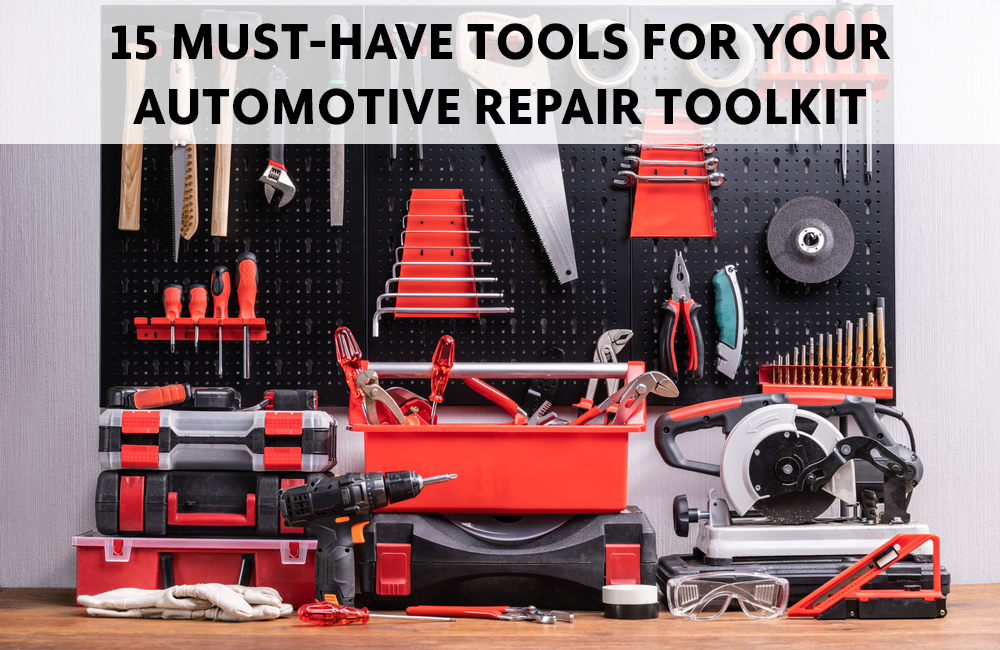Do-it-yourself projects can be incredibly rewarding, cost-efficient, and fun. However, to ensure successful project completion, the right tool or equipment is needed for proper use and maintenance.
To that end, we've compiled some great tips on how to properly use DIY tools as well as maintain them in order to help prolong their lifespan so you can make the most out of your investment.
Whether you're a beginner at DIY or an experienced pro looking for more know-how—read on!
Storage and Organization

Following are the key points of storing and organizing your DIY tools:
Keep Tools Clean and Dry to Prevent Rust and Corrosion
As a DIY enthusiast, it's essential to keep your tools in the best shape possible. Rust and corrosion can quickly set in if proper care isn't taken. The key to preventing rust and corrosion is to keep your DIY tools clean and dry between uses. After each use, ensure that you remove any debris, dirt, or moisture from your tools.
Dry them thoroughly and store them in a dry, well-ventilated area. Rust formation can be a costly problem, as it can seriously affect the quality and safety of your DIY projects. By implementing these simple tips, you can ensure that your DIY tools remain in good condition, helping you to achieve the best results possible in your projects.
Store Tools in a Designated Area to Protect Them from Damage
One of the best ways to protect your tools from damage is by storing them in a designated area. Not only does this keep your workspace organized and clutter-free, but it also ensures that your tools are easily accessible when you need them. A designated area can be a toolbox, cabinet, or even shelves, as long as it is clean and dry.
By taking the time to organize your DIY tools, you are not only protecting your investment but also make your DIY projects more efficient and enjoyable. So, before you tackle your next project, make sure to give your tools a designated and protected space.
Organize Tools by Type and Frequency of Use
As a DIY enthusiast, you must know how frustrating it can be to look for a specific tool amidst a cluttered pile of other tools. Organizing your DIY tools by type and frequency of use is the solution to this recurring problem.
By categorizing your tools and storing them accordingly, not only will you save time and energy, but you'll also be able to maintain the condition of your tools for a longer period. Imagine effortlessly having your go-to tools for everyday use within reach while those rare specialty tools are neatly tucked away.
Cleaning and Maintenance

As DIY enthusiasts, we often invest in high-quality tools that we hope will last us for years to come. However, it's easy to forget that proper cleaning and maintenance are crucial to their longevity and continued performance.
By regularly cleaning our tools to remove dirt and debris, lubricating moving parts to prevent wear and tear, and sharpening blades and bits to improve their cutting ability, we can ensure that our tools are always working efficiently.
It's also important to regularly check for loose or damaged parts and make any necessary repairs to avoid potential safety hazards. By taking the time to properly care for our DIY tools, we can not only keep them in top condition but also save money in the long run by avoiding premature replacements.
Proper Use

Below is the method of properly using the DIY tools. Have a look:
Follow the Manufacturer's Guidelines for Safe and Effective Use
To ensure the efficient and safe operation of DIY tools, following the manufacturer's guidelines is crucial. These guidelines provide the necessary information and instructions for using the tools correctly and safely, preventing any mishaps or injuries during the DIY process.
With the right utilization of tools, you can achieve your desired results while keeping yourself safe at the same time. Remember, the guidelines are there for your protection, so it's worth taking the time to read and understand them before embarking on your next DIY project.
Use Tools for Their Intended Purpose to Prevent Damage
It is important to use tools for their intended purpose to prevent damage and ensure safety. While it may be tempting to use a wrench as a hammer or a screwdriver as a chisel, doing so can potentially damage the tool or the project at hand.
Taking the time to select the appropriate tool for the job can prevent accidents and costly mistakes. Proper tool usage can also increase efficiency and accuracy during the project. So, whether you are a seasoned DIY-er or just starting out, remember to use DIY tools for their intended purpose to achieve the best results possible.
Avoid Overloading DIY Tools to Prevent Damage to the Tool or the User
Overloading DIY tools can easily lead to damage to both the tool and the user. This can add immense frustration and slow down the progress of any project that was supposed to be enjoyable. It's essential to take the time to learn the correct usage and limits of the tools you're using and ensure that you're using the right tool for each specific job.
By doing so, you'll not only save yourself from avoidable frustration and expenses but also be able to complete your projects effectively, safely, and with a sense of accomplishment.
Take Breaks and Rest When Necessary to Prevent Fatigue and Injury
It is important to remember that taking breaks and resting when necessary is crucial in preventing fatigue and injury. Using DIY tools for an extended period of time can cause physical strain on the body and lead to exhaustion, increasing the risk of making mistakes or even accidents.
Therefore, it is always best to schedule short breaks throughout the project and prioritize rest when needed. By doing so, you can ensure your safety and well-being while still achieving your DIY goals.
Conclusion
Maintaining and using your DIY tools correctly can prove to be incredibly beneficial. It can save you time, money, and frustration. By regularly cleaning your tools, storing them properly when not in use, and giving them the occasional tune-up when needed, you will find that they will last much longer than if you were to neglect maintenance.
With patience and a bit of effort, you can achieve truly amazing results with your DIY projects that are sure to impress any onlooker. And always remember - practice makes perfect! When it comes to cutting corners or making mistakes, make sure that safety is always put first because an ounce of prevention really is worth a pound of cure.



